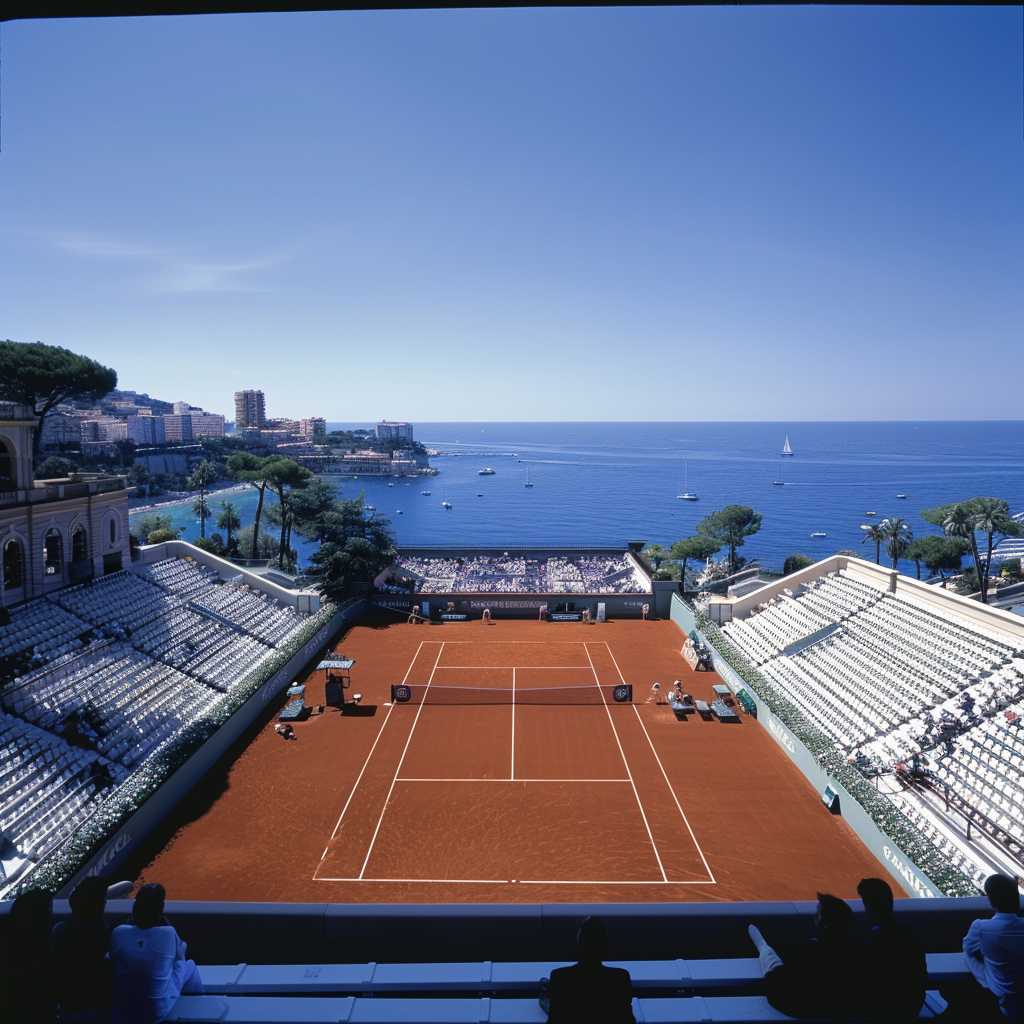An In-depth Look at the Prestige of the Monte-Carlo Masters
The Monte-Carlo Masters, formally known as the Rolex Monte-Carlo Masters due to sponsorship reasons, is an annual tennis tournament that marks one of the significant epochs in the professional men’s tennis circuit. Considered one of the most prestigious events played predominately on clay, it’s part of the Association of Tennis Professionals (ATP) Tour Masters 1000. The tournament has a storied legacy and is noted for both its rich history and as a harbinger of the triumphant Roland Garros, commonly known as the French Open.
Overview of the Monte-Carlo Masters
Located in the scenic Monte Carlo, Monaco, the tournament epitomizes the allure associated with the luxurious Principality. Held every year since 1897, it is one of the oldest tennis competitions on European soil making it a greenhouse where tennis legacies are nurtured, and history is written.
Played outdoors at the Monte-Carlo Country Club, which offers spectacular views of the Mediterranean Sea, the tournament traditionally occurs over one week in mid-April forming a potent segment of the clay-court season – signaling that spring has arrived in Europe along with its illustrious slate of tennis contests.
Statutes and Draw Details
The dimensions of participation include a singles main draw consisting of 56 players and a doubles draw that houses 24 teams. As an ATP Masters 1000 event, it enjoys an elite status sitting atop the ATP hierarchy just below the Grand Slam tournaments. This prestigious tier results in substantial ranking points and prize monetary incentives awarded to participants, enticing many top-ranked players to compete regularly.
The Distinctiveness of Clay Court Play
As a surface-specific event, one focal aspect of understanding its significance pivots upon realizing how playing on clay distinctly varies vis-à-vis other court types like grass or hard courts. Renowned for presenting one of the ultimate examinations of stamina and strategy due to slower ball speeds and higher bounces, clay courts accentuate a style of play that requires acute patience and endurance, testing athletes in unique facets of tennis acumen.
Recognizable Moments and Champion Pedigree
Over its extensive history, several prominent names have engraved their mark on this illustrious tournament’s lore. Perhaps no individual is more synonymous with clay-court mastery than Rafael Nadal – the Spanish titan has amassed an astounding collection of titles here, contributing to his nickname, “The King of Clay”.
The player adoption goes beyond this impressive feat as many past champions, including Bjorn Borg, Ivan Lendl, and Gustavo Kuerten – all pivotal figures within theirs eras; have found glory enveloped in the Monegasque sun. For modern enthusiasts, big names like Novak Djokovic have continued to stencil their legacies at Monte Carlo – reflecting both continuity and change within tennis hierarchies over time.
Contemporary Developments and Challenges
Despite its fairy-tale settings, entries into current chapters aren’t uncritical. Modern times have seen challenges traversing sponsor changes to adapting evolving broadcast technologies – ensuring top-notch viewing experiences that satisfy a worldwide audience without reducing intimate ties to classical tennis ethos long associated with Monte-Carlo.
The onset of global conditions like public health concerns has also necessitated innovations in terms of precautionary measures – further signifying Monte Carlo’s ability to adapt and overcome amidst contemporary challenges affronting worldwide sport events.

